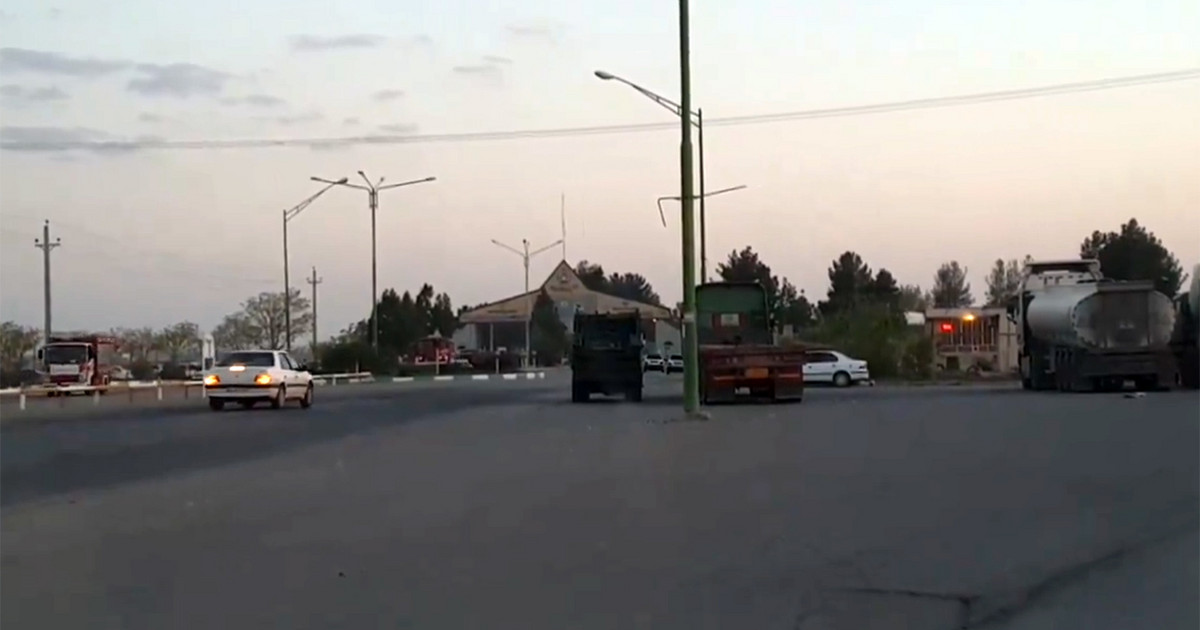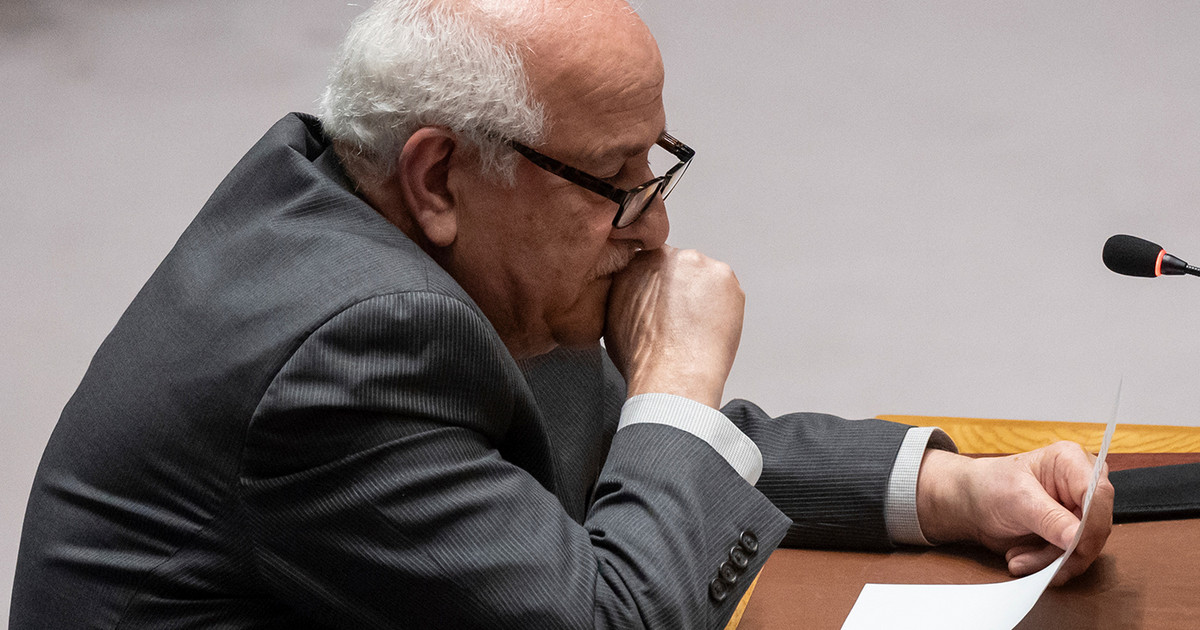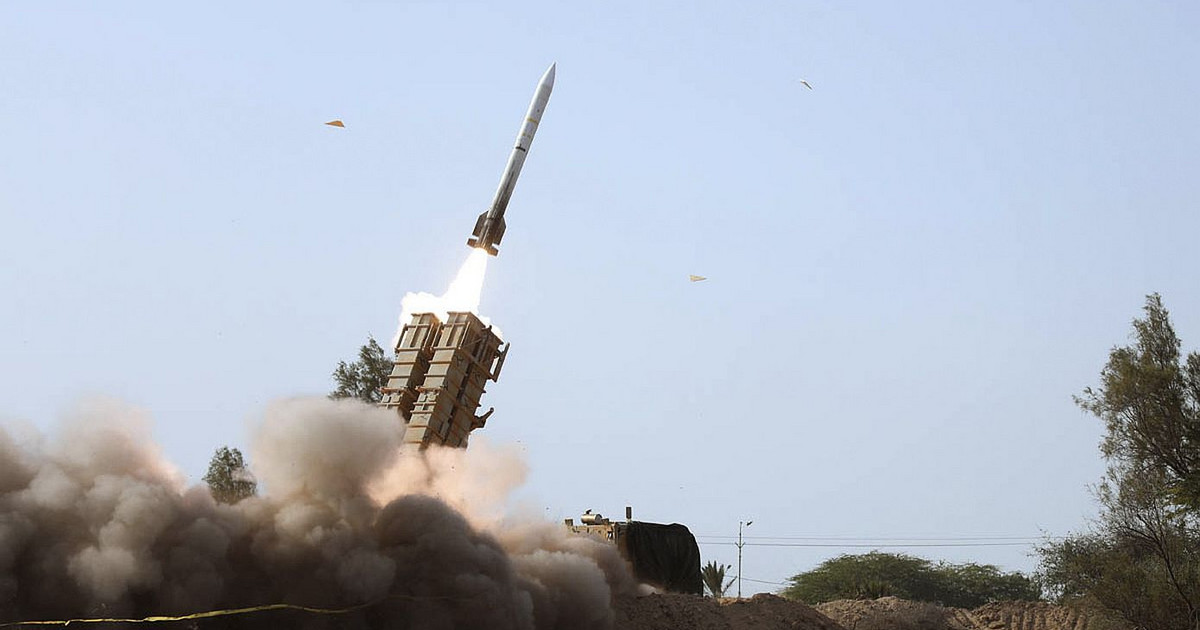Testicular cancer accounts for about 5% of tumor cases among men. The disease mainly affects individuals of reproductive age, especially between 20 and 40 years of age, according to the National Cancer Institute (Inca).
The November Blue campaign promotes awareness of comprehensive care for men’s health. Attention to signs of changes in the testicle, such as the presence of nodules (lumps) or abnormal growth of the gland, can lead to an early diagnosis of the tumor.
Risk factors
Risk factors associated with testicular cancer include a family history of the disease, particularly first-degree relatives such as a parent or siblings. Patients who previously had a tumor in the other testicle are more likely to develop the disease.
Men with a condition called cryptorchidism, which is when one or both testicles do not descend into the scrotum, are also at increased risk for the disease.
Disease has a fast evolution
Testicular cancer has an aggressive profile, with a rapid evolution capacity due to the high rate of tumor cell duplication. Early diagnosis reduces the chances of metastasis, which is the spread of the disease to other parts of the body.
The most common sign of the disease is the appearance of a hard, usually painless lump (lump). Other changes in the testicles can indicate the presence of the tumor, such as an increase or decrease in the size of the gland or induration of the gland.
Patients may also have pain for no apparent reason in the lower abdomen, blood in the urine, and nipple swelling or tenderness.
attention to your own body
Portuguese teacher Pedro Henrique Rocha, from Duque de Caxias, in Baixada Fluminense, noticed signs of nodules in his left testicle when he was 19 years old. Symptoms were accompanied by gland enlargement and hardening and abnormal breast growth.
Faced with the picture, Pedro decided to research the symptoms on the internet. When he arrived for the consultation in mid-2014, he already imagined what the diagnosis would be: testicular cancer.
“It was never something common to have that routine of going to the doctor, I always went when I felt something or noticed something different with me. I’ve always been a very healthy person and I’ve never had serious health problems, I sometimes went to the doctor for an exam to see if everything was ok”, she says.
Pedro says that the diagnosis, although worrisome, was not as impressive as he had read a lot about the subject. “The only situation that destabilized me was when I found out I had an injury to the abdomen, I was very shaken at that time because I was waiting for a type of treatment and it ended up being something else”, he says.
The tumors were of the embryonic carcinoma type, one of the most common of testicular cancer, which tends to grow and spread rapidly. In September 2014, Pedro underwent surgery to remove the testicle at the Federal Hospital of Ipanema, in Rio de Janeiro.
“I started treatment on November 10, 2014. There were three cycles of chemotherapy, each lasting five days, from Monday to Friday. Between one cycle and another, there was a fifteen-day break, in which I did only one session a week”, he said.
After the end of the treatment, which lasted two months, Pedro began the routine of periodic follow-up with the oncologist. Regular consultations took place every three months, and the spacing was progressively expanded over the years.
In September 2021, the professor was discharged by the doctors at the Federal Hospital of Ipanema, being declared cured of cancer by the team.
“Brazilians in general have a culture of only looking for a doctor when the situation is serious, especially if we think of men, who are very ashamed and very taboo about going to the doctor, especially when it comes to more intimate areas such as the penis and the prostate. It is very important to be aware of changes in the body to quickly seek assistance in case something goes wrong”, he warns.
Testicular Cancer Diagnosis
To detect cancer early, men should periodically self-exam their testicles. “The act of palpating the testicle from the age of 20 and, at any sign of a lump, looking for a doctor is our greatest strategy for early detection,” said Dr. Franz Campos, head of the Urology Section at Inca .
Changes in markers such as alpha-fetoprotein (AFP), beta HCG and lactate dehydrogenase (LDH), identified by blood tests, may also indicate the presence of testicular cancer.
Diagnosis is based on a combination of clinical evaluation, blood tests and imaging tests such as ultrasonography and magnetic resonance imaging of the scrotum.
“The imaging exams allow the observation of the nodule, which is normally well vascularized. Cancer has this characteristic of feeding on new vessels, which makes its growth very exacerbated”, explains Campos.
Confirmation of the diagnosis can be made during surgery by the pathologist. In the same procedure, the affected testicle is removed and a silicone prosthesis is inserted in order to maintain the same esthetic aspect of the gland.
The removal of the testicle does not impair the patient’s sexual function. The reproductive capacity is also maintained, as long as the other testicle is healthy.
How is testicular cancer treated
Treatment varies according to the case and can be carried out by chemotherapy, radiotherapy or clinical follow-up. The choice depends on investigation, which assesses the presence or possibility of the disease spreading to other organs.
After removing the testicle, patients undergo an analysis technically called staging, which investigates the presence of the disease in other parts of the body.
In the case of metastases, testicular cancer can affect the abdomen, lungs and brain. Therefore, doctors perform CT scans of the abdomen and chest and, eventually, the skull.
“In this tomography, if nodules are identified in the abdomen or in the lungs, we start chemotherapy. The first phase of treatment uses a medication called platinum. The response to chemotherapy, if there is little disease in the abdomen and chest, is above 90%”, explains Campos.
In more severe cases, which do not fully respond to chemotherapy treatment, patients undergo surgery to dry the remaining tumors.
Reference: CNN Brasil






